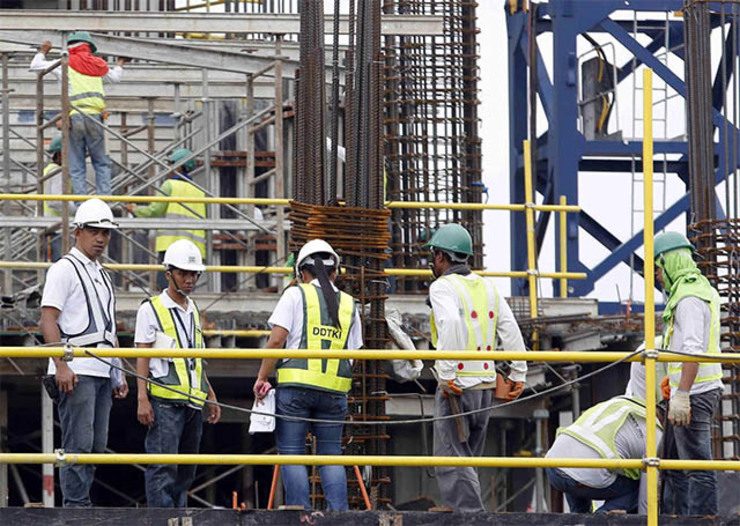SUMMARY
This is AI generated summarization, which may have errors. For context, always refer to the full article.

MANILA, Philippines – Newly licensed Filipino engineers and architects need years of experience first before they could find a job in other Southeast Asian countries once the regional economic bloc integrates next year.
Thousands of engineers and architects pass the government-regulated licensure examinations every year. In October, the Professional Regulation Commission (PRC) announced that 1,532 passed the electronics engineer licensure examination, while 2,502 passed the electronics technician examination. Earlier in January, 793 passed the Architect licensure examination.
But for them to be accredited to work in another Southeast Asian country under an integrated ASEAN economy, architects would need to have at least 10 years of experience, while engineers would need 7 years of minimum experience, according to Angeline Chua Chiaco, acting PRC chairperson.
“They need to have a substantial involvement in projects during the years of their experience,” Chiaco said during the congressional committee on ASEAN (Association of Southeast Asian Nations) integration hearing on Tuesday, October 28.
PRC has already signed mutual recognition agreements (MRAs) with some of its regional counterparts to allow Filipino professionals to practice their occupations in other Southeast Asian countries once the ASEAN integration begins to take off end 2015.
ABS partylist representative Catalina Leonen-Pizarro, chairperson of the House committee on ASEAN integration, has already drafted a resolution urging President Benigno Aquino III to implement the MRAs signed by the Philippines.
For Pizarro, the MRAs serve as “safety nets” to protect the Philippines’ professional workforce from tight competition with its neighbors, as the same minimum years of experience would also apply to ASEAN professionals who would opt to practice in the Philippines.
ASEAN member-states agree to a free flow of skilled labor within ASEAN, as included in the economic blueprint, one of the 3 blueprints adopted for the ASEAN Economic Community (AEC).
An MRAs framework has been formalized among the ASEAN 10-member states for the mutual recognition of education and experiences obtained in 7 priority sectors: architectural services, surveying, medical practitioners, dental practitioners, engineering services, nursing, accounting services, and tourism professionals. Defining competency-based qualifications and benchmarks is still being worked out.
The 8th MRA, meanwhile, aims to facilitate the mobility of tourism professionals within ASEAN based on competence-based tourism qualifications.
A study by the International Labor Organization (ILO) and the Asian Development Bank (ADB) released in October said the upcoming ASEAN integration could contribute 3.1 million more jobs in the Philippines.
However, that is “if decisive policy action is taken,” ILO Philippines country office director Lawrence Jeff Johnson previously said.
Johnson said that the Philippines needs to ensure that its growth is inclusive, one that gives opportunity to many and reduces poverty.
The Philippines is one of the region’s fastest growing economies, and yet it has struggled to pull out millions of families from poverty. – Rappler.com
Add a comment
How does this make you feel?
There are no comments yet. Add your comment to start the conversation.